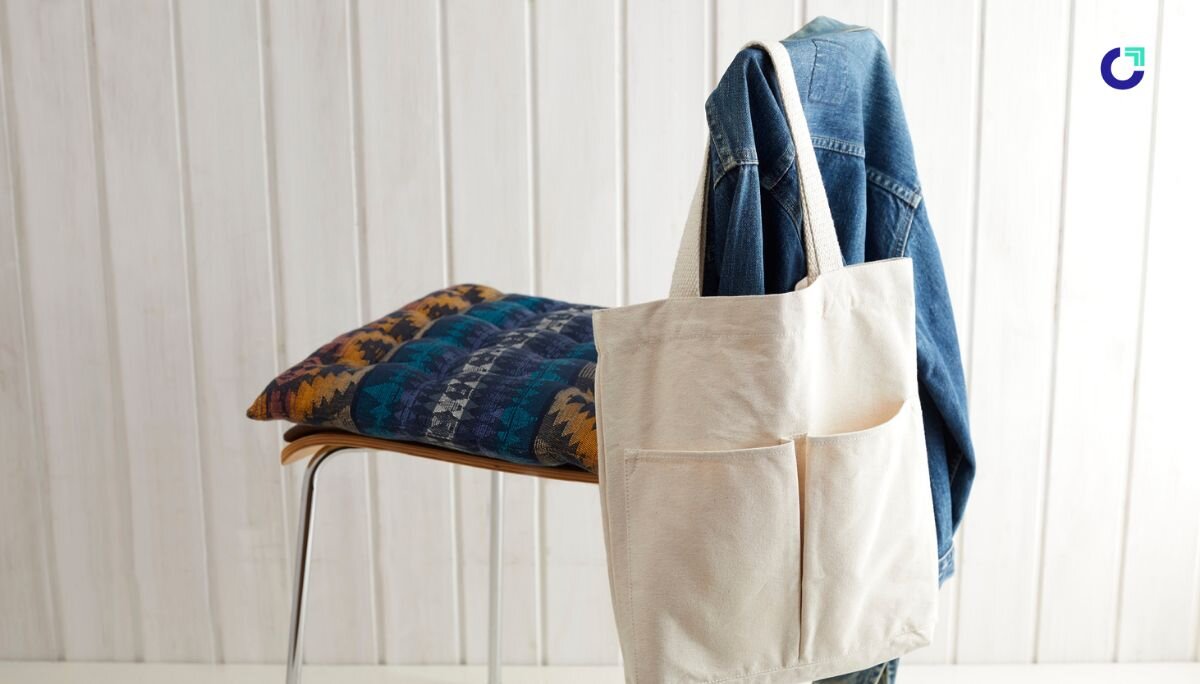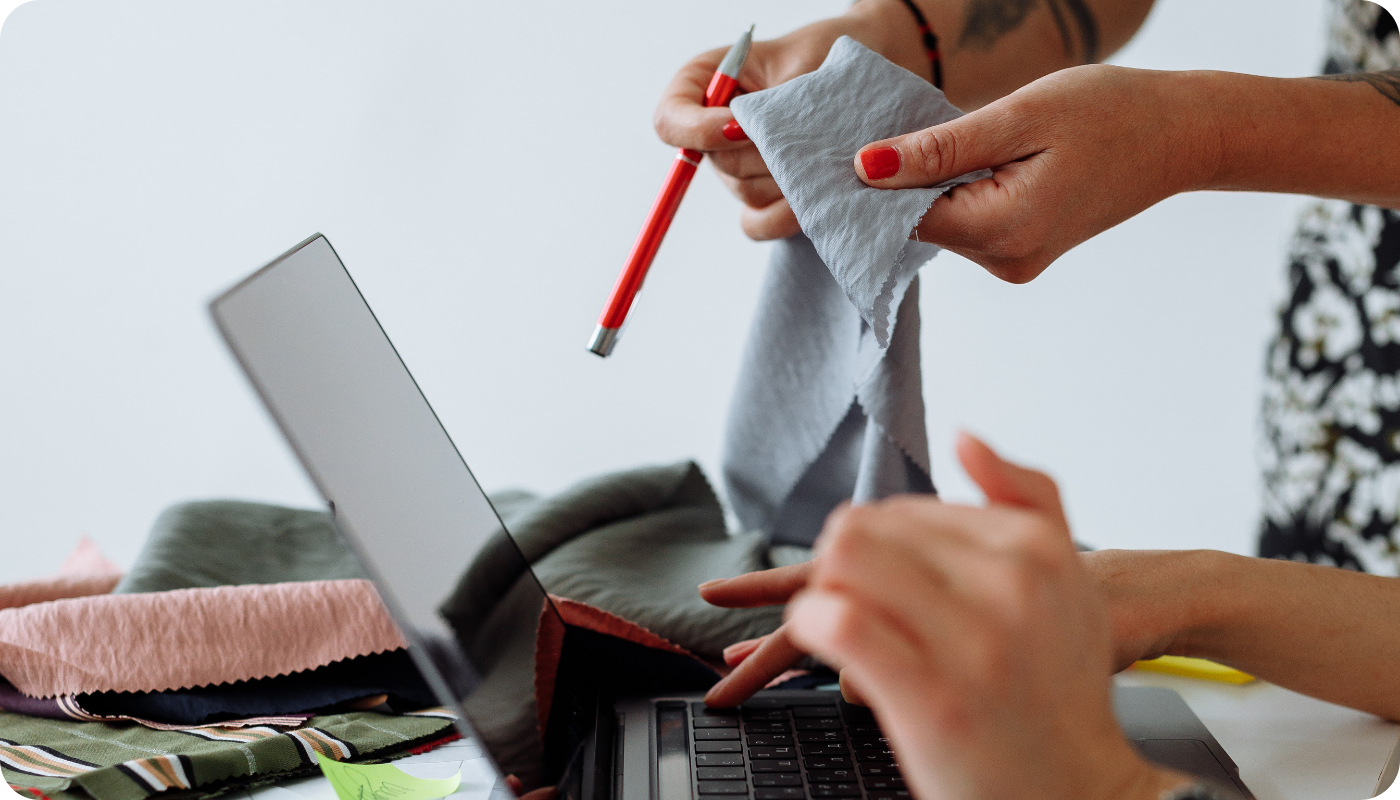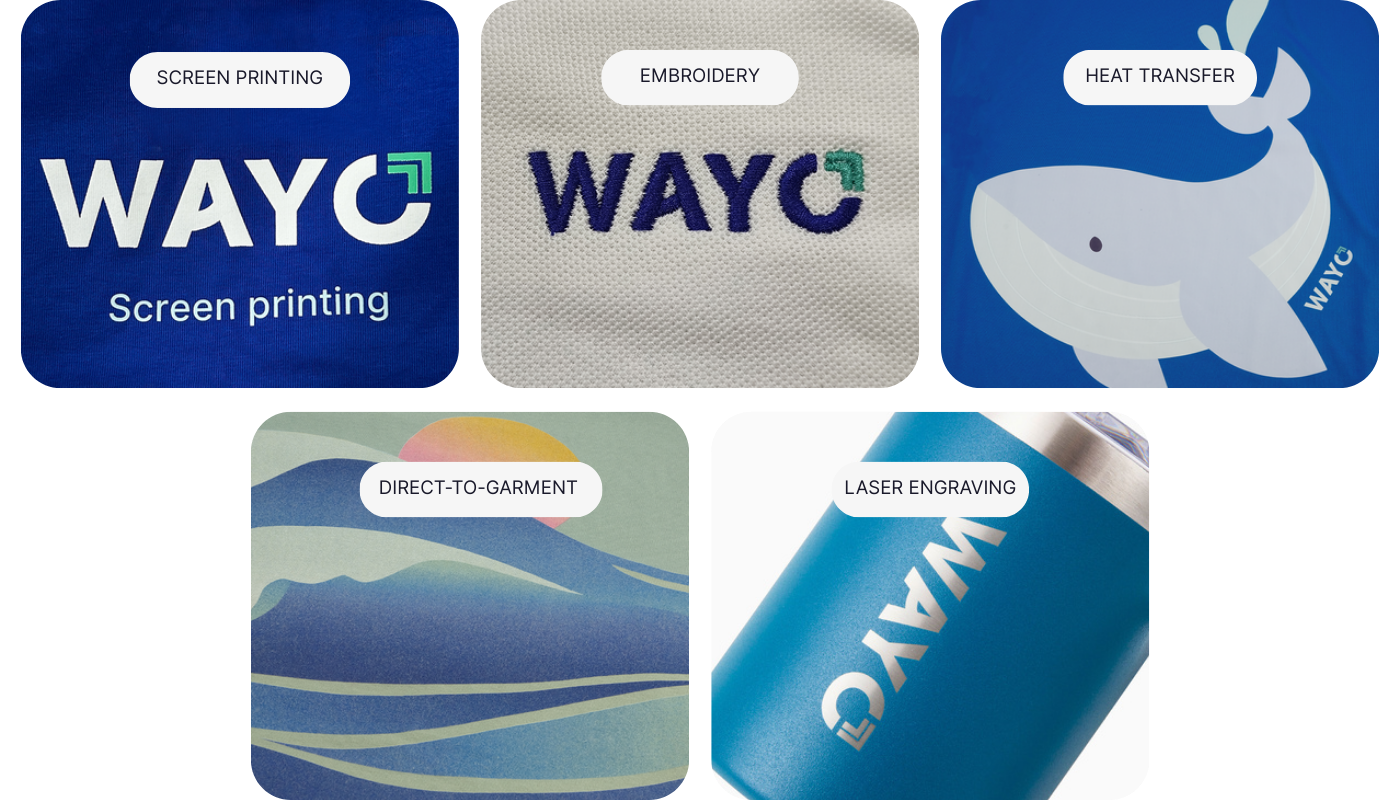
How to spot quality promotional products: 5 tips

Ever received a flimsy tote bag that tears after one use or a pen that stops writing halfway through its first meeting? Instead of leaving a positive impression, cheap swag can make companies and organizations feel careless, and sometimes even damage their brand reputation.
But spotting quality in promotional products isn’t always easy. Everything looks decent enough in online product photos, and most suppliers promise "premium quality" regardless of what they're selling.
Fortunately, there are a few simple signs that reveal whether a promotional product is built to last – even when you’re unable to touch and test items beforehand. Here are our top 5 tips for identifying quality before you place an order.
Tip #1: Check the fabric weight
Think about the last promotional t-shirt you received. If it felt thin, looked almost see-through, and lost its shape after one wash, it probably had a fabric weight under 4.5 oz. While these ultra-lightweight options might save you a few dollars per unit, they rarely hold up to regular wear.
Heavier fabrics, on the other hand, typically hang better, print better, and last longer. The same principle applies to other fabric items like tote bags, where a heavier canvas feels substantial and can carry weight without tearing at the handles.
Fabric weight should be prominently listed in any reputable supplier's product specifications. If a vendor can't (or won't) provide this information upfront, consider it a red flag. For more on fabric weight, check out our complete guide.

Tip #2: Look for reinforced stress points
For bags and apparel, the difference between “lasts for years” and “falls apart in a week” is often in the stitching. Double-stitched seams, reinforced handles, and bar-tack stitching at stress points (like where a tote handle meets the bag body or high-wear areas like shoulder seams) are signs that the item can handle real-world use.
Suppliers who show close-up photos of stitching or list reinforcement methods in their specs are usually more transparent about quality. If all you see are zoomed-out shots with no construction details, that's often a sign they're hoping you won't look too closely.
Tip #3: Look for hardware details
Hardware is where quality promotional products really show their true colors. Run a smooth, gliding zipper on a well-made jacket, then try the sticky, toothy kind you find on a bargain tote, and you’ll notice an instant difference.
Here's what to look for:
- Zippers: Are there any mentions of branded zippers like YKK in product descriptions? In photos, quality zippers have smooth, even teeth and substantial zipper pulls that won't snap off under normal use.
- Buckles and clasps: In close-up photos, quality buckles look thick and substantial with clean edges. Product specs should mention the material, whether it’s metal or high-grade plastic.
- D-rings and swivel hooks: These are the metal loops and rotating clips that attach to lanyards, bag straps, and keychains. They should ideally be thick, rounded metal rings without visible seams or rough edges. Thin rings can warp under weight, which nobody wants.
- Rivets and grommets: These metal reinforcements that strengthen stress points on heavy-duty tote bags, aprons, and baseball caps should sit completely flush against the fabric without gaps.
- Strap adjusters: Sliding mechanisms that let you tighten or loosen backpack straps, messenger bags, and adjustable caps can be a big factor in how comfortable the item feels to use. Look for product photos showing metal adjusters with smooth, rounded edges. Rough or thin adjusters will eventually fray fabric straps, shortening the product’s useful life.
Tip #4: Examine their print and decoration methods
Even the highest-quality base products can look cheap if decorated poorly. Most vendors will offer several different ways to add your logo or design elements to a product, but don't just go for the cheapest option – the right decoration method can elevate a simple item into something people actually want to keep:
- Screen printing is usually your best bet for apparel. Quality screen printing feels smooth and becomes part of the fabric – you shouldn't be able to feel where the ink ends and the shirt begins. And screen printing isn't limited to apparel either. At Wayo, we screen print everything from umbrellas to power banks – so you get that same durable, professional finish across all your promotional items.
- Embroidery creates a premium feel when done right, but looks terrible when rushed. Good embroidery descriptions mention stitch density and thread quality. The finished product should have tight, even stitching that doesn't pucker the fabric or leave gaps where the base material shows through.
- Heat transfer is an affordable decoration option that can look great initially, but it can fade or crack over time. Think carefully about how the item will be used – it works fine for items that won't see heavy wear or frequent washing, but choose a more durable method for anything that needs to last.
- Direct-to-garment can look amazing for complex designs, but quality varies wildly. When done well, the ink integrates into the fabric and feels soft to the touch.
- Laser engraving for drinkware and metal items resists fading and wears better than painted logos, which can chip or wash off with regular use.
Read our guide to picking the best printing method for custom t-shirts.

Tip #5: Evaluate weight relative to size
There's a reason luxury brands make their products feel substantial – consumer behavior research consistently shows that in many product categories, people holding heavier objects rate them as higher quality and value.
For promotional products, keep these considerations in mind:
- Drinkware: Thin-walled containers feel flimsy and don't insulate well. A quality tumbler or water bottle should feel solid in hand. Look for double-wall construction or thicker material specifications – these add weight and functionality.
- Tech accessories: Phone chargers, power banks, and laptop accessories that feel too light can be a sign of cheaper internal components. Quality electronics have heft because they contain better materials and more robust construction.
- Stationery: A heavier pen, notebook, or folder creates a better impression than lightweight versions. That satisfying heft comes from quality materials – metal pen barrels, thick paper stock, and sturdy covers – that make the item feel valuable.
Source quality promotional products with Wayo
Cheap swag costs more than it saves when it chips, frays, or breaks after a single use. The good news? Quality doesn’t have to mean overpaying for the same mass-produced items everyone else is buying.
At Wayo, we produce quality promotional products sourced from trusted factories around the world. If you're ready to make a lasting impression with merch that reflects the quality of your brand, explore our catalog today.


